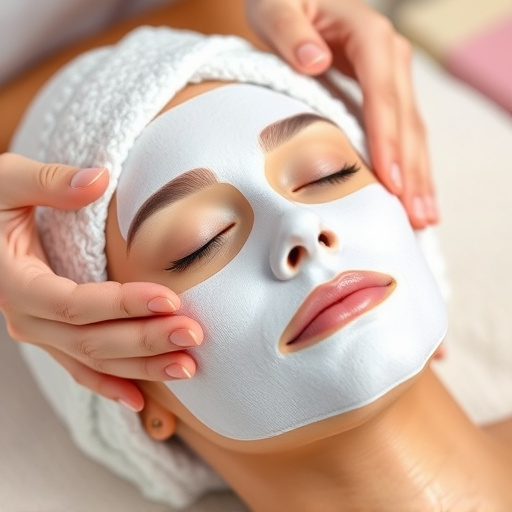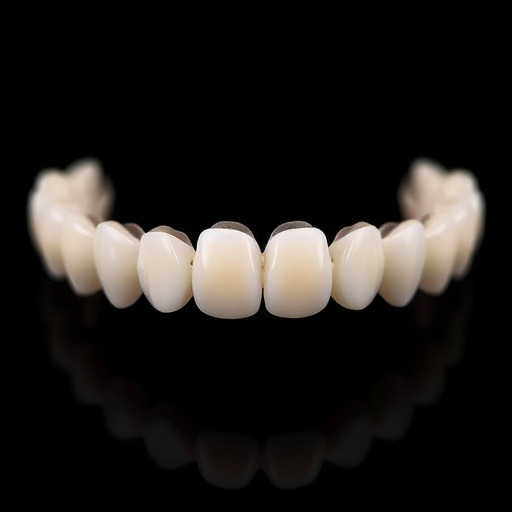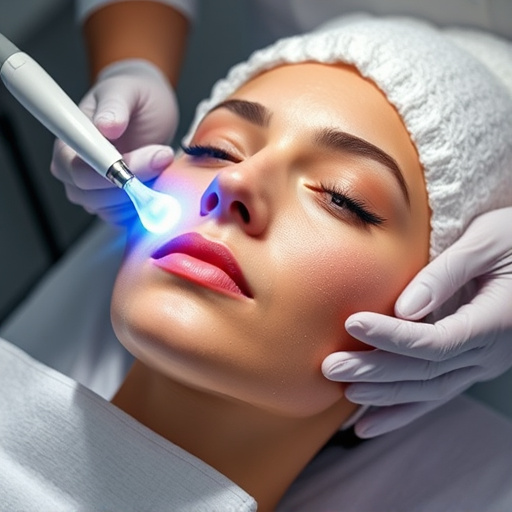Lactic acid peels are non-invasive facial treatments that exfoliate and resurface skin, addressing issues like fine lines, acne scars, and uneven tone. They offer significant skin brightening and rejuvenation benefits but can cause temporary redness, swelling, and irritation subsiding within a few days with proper aftercare. These peels are popular for wrinkle reduction and pore refinement but require careful consideration due to potential side effects, necessitating regular sessions and discussion with a dermatologist for optimal results and risk mitigation.
“Unveil the secrets of lactic acid peels—a popular skincare treatment with a rich history. This article delves into the mechanics behind these alpha hydroxy acids, shedding light on their potent yet gentle nature. From immediate side effects like redness and itching to rare long-term complications, we explore what to expect. Learn how to manage short-term discomforts effectively and understand the potential benefits of this natural skin-smoothing process. Discover the art of lactic acid peels and empower yourself with knowledge.”
- Understanding Lactic Acid Peels and Their Mechanism
- Common Short-Term Side Effects and Their Management
- Long-Term Considerations and Rare Complications
Understanding Lactic Acid Peels and Their Mechanism

Lactic acid peels are a popular choice in the realm of facial treatments, offering a non-invasive approach to achieving smoother, more radiant skin. This type of peel involves applying a solution of lactic acid to the face, which gently exfoliates and resurfaces the skin’s top layer. The mechanism behind its effectiveness lies in the acid’s ability to break down the bonds between dead skin cells, allowing for their removal and revealing healthier, brighter skin beneath.
By enhancing cellular turnover, lactic acid peels can improve various skin concerns, including fine lines, acne scars, and uneven skin tone. These facial treatments are often sought after due to their versatility; they can be customized to suit different skin types and needs, making personalized skincare a reality. Additionally, the moisturizing properties of lactic acid help in hydrating facials, leaving the skin feeling soft and supple post-treatment.
Common Short-Term Side Effects and Their Management

Lactic acid peels are a popular choice for many when it comes to facial treatments, offering a range of benefits for skin brightening and rejuvenation. However, like any procedure, they can cause some short-term side effects that should be acknowledged and managed properly. Common issues include redness, mild swelling, and irritation, which typically peak within 24 hours post-treatment. These reactions are usually mild to moderate in intensity and subside within a few days, provided the patient follows aftercare instructions diligently.
To mitigate these side effects, patients should avoid direct sun exposure immediately after the procedure and use recommended hydrating facials or other soothing products to calm the skin. Over-the-counter topical creams containing calamine or aloe vera can also provide relief from irritation. It’s essential to remember that these temporary discomforts are normal parts of the healing process, and proper management will ensure a smoother transition to healthier, more radiant skin.
Long-Term Considerations and Rare Complications

While lactic acid peels are generally safe and effective for various skin concerns, such as wrinkle reduction and pore refinement, it’s essential to consider long-term effects and rare complications. These treatments involve applying a solution of lactic acid to the skin, which can lead to temporary redness, itching, or stinging sensations. In some cases, more severe reactions like blistering, burning, or prolonged irritation might occur, especially if the peel is not administered correctly or if the patient has sensitive skin.
Long-term considerations include monitoring changes in skin texture and tone. While acne treatments using lactic acid peels can significantly improve skin clarity, regular sessions are often required to maintain results. It’s crucial for patients to be aware of potential side effects and discuss any concerns with their dermatologist. Additionally, rare complications like hyperpigmentation or post-inflammatory erythema may arise, requiring prompt medical attention and appropriate aftercare measures.
Lactic acid peels are a popular skincare treatment, but like any procedure, they come with potential side effects. By understanding the common short-term issues such as redness, itching, and peeling, along with rare long-term complications, you can make an informed decision about whether this lactic acid peel is right for your skin concerns. Proper management of these temporary effects can ensure a positive experience, leading to healthier, more radiant skin.














